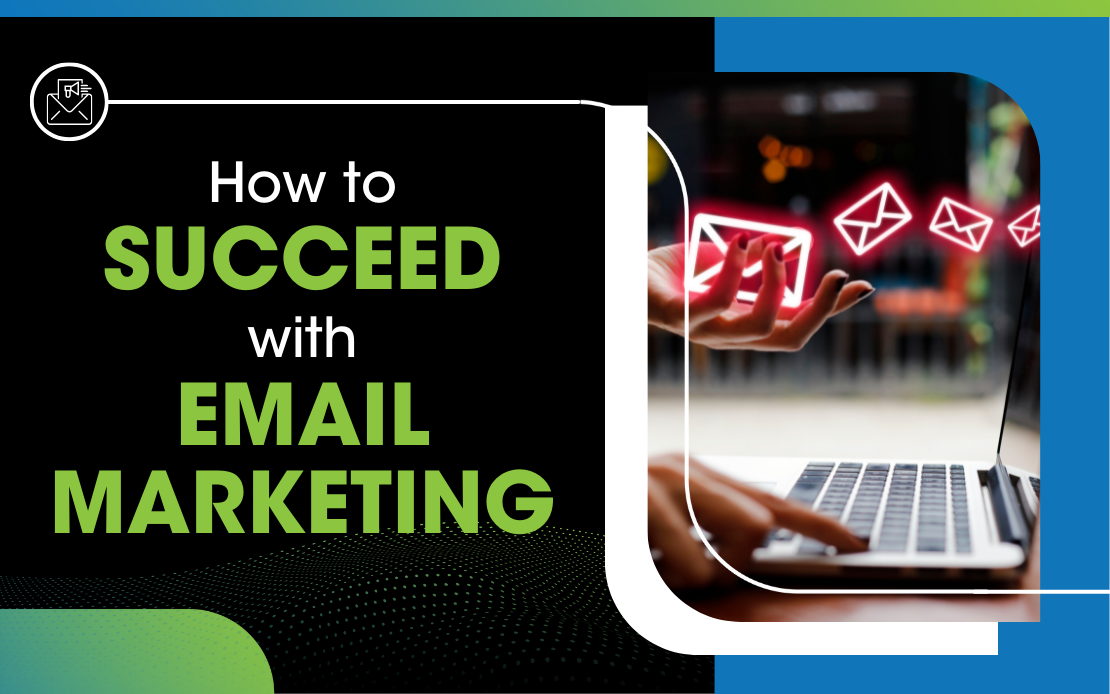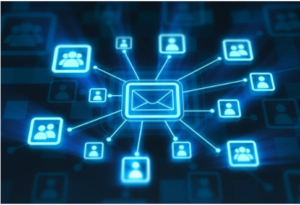
Compared to many forms of digital advertising, email marketing is a channel that most advertisers have dabbled with in the past. Although the medium itself is fairly straight forward, some business owners have expressed disappointment with the results of recent targeted email endeavors. In order to promote best practice, this article was made to educate business owners on how they can leverage email marketing to drive awareness and engagement with their target customers. But first, a history lesson!
Origins of Email
Email marketing is nothing new, in fact, it’s a channel that has been used by advertisers for over 42 years. The first email blast ever released was in 1978 by a man named Gary Thuerk who leveraged the medium to generate nearly $79 million in today’s dollars, with only 400 recipients! By July of 1996, the internet had accumulated nearly 20 million American users. Shortly thereafter, Hotmail launched the first web-based email service which gave advertisers a massive pool of customers to reach with promotional offers. Unfortunately, the early success of the medium also meant an oversaturation of advertising in the form of spam. By 2015, spam accounted for over 50% of emails in the average user’s inbox (1).
What’s changed?
Over the last few decades email marketing like all advertising channels has experienced change. In the book Jab, Jab, Jab, Right Hook, Gary Vaynerchuk explains that email marketing statistics show significant decline in open rates, dropping from 37.7% in 2002 to just 17% in 2011 (4). The author describes how the introduction of social media networks like Facebook, Instagram and Twitter have inadvertently diminished the returns of email marketing and other digital tactics like banner ads and Google ad words. However, Vaynerchuk goes on to say that adding a “layer of social” to tactics like targeted email can immediately increase its effectiveness. Therefore, advertisers should be aware that their social presence has an impact on their investments in other mediums.
Another key change is that the number of email users has increased exponentially over the last 20 years. Compared to the 20 million users in 1996, one source shares that over 4.03 billion people around the world now use email. With a penetration rate of 90.3% among internet users in the US, email marketing represents an exceptional opportunity for business owners to maximize their reach (2).
How to excel at email marketing
Whether you are organizing an e-blast yourself, or are working with a partner, there are several things you need to consider in order to maximize your results. First, think carefully about the creative design and put yourself in the shoes of your target customer. You should ask yourself questions like: What subject line can I use to entice recipients to open the email? Does the design of the email translate well to mobile devices? Does my email include a strong call-to-action? Then, once the targeted email is released, keep a close eye on your analytics. It is essential that you remove any duplicate addresses or otherwise inactive accounts from your list in order to avoid wasting sends to unresponsive recipients. Additionally, segmenting your list is another useful way to deliver a relevant message to groups of customers that are positioned in different stages of your sales funnel. Furthermore, being attentive to the change in open rates, click-throughs and other important conversion metrics will ensure that you are continually optimizing your campaign (3).
Another essential component to maximizing open rates is to ensure that you are releasing high quality content. Consumers nowadays are hyper-vigilant for spam and phishing emails; most won’t even open an email when they don’t recognize the sender. In other words, be thoughtful with your creative so that you can develop interest with your recipients, even if they have never seen your brand or products before. Making your intentions clear and adding value to customers that want relevant offers will drastically improve your results following the campaign.
Conclusion
In sum, there is still an abundant upside to marketing with email. Although open rates are not as high as they once were, the potential reach among internet users continues to grow. By implementing the advice listed above, you will be able to start an effective email campaign and objectively measure its results. So, however you decide to implement email in your marketing strategy, know your customer and make sure you’re releasing the best content possible. It might sound obvious, but your message could mean the difference between a sale and the spam folder.

